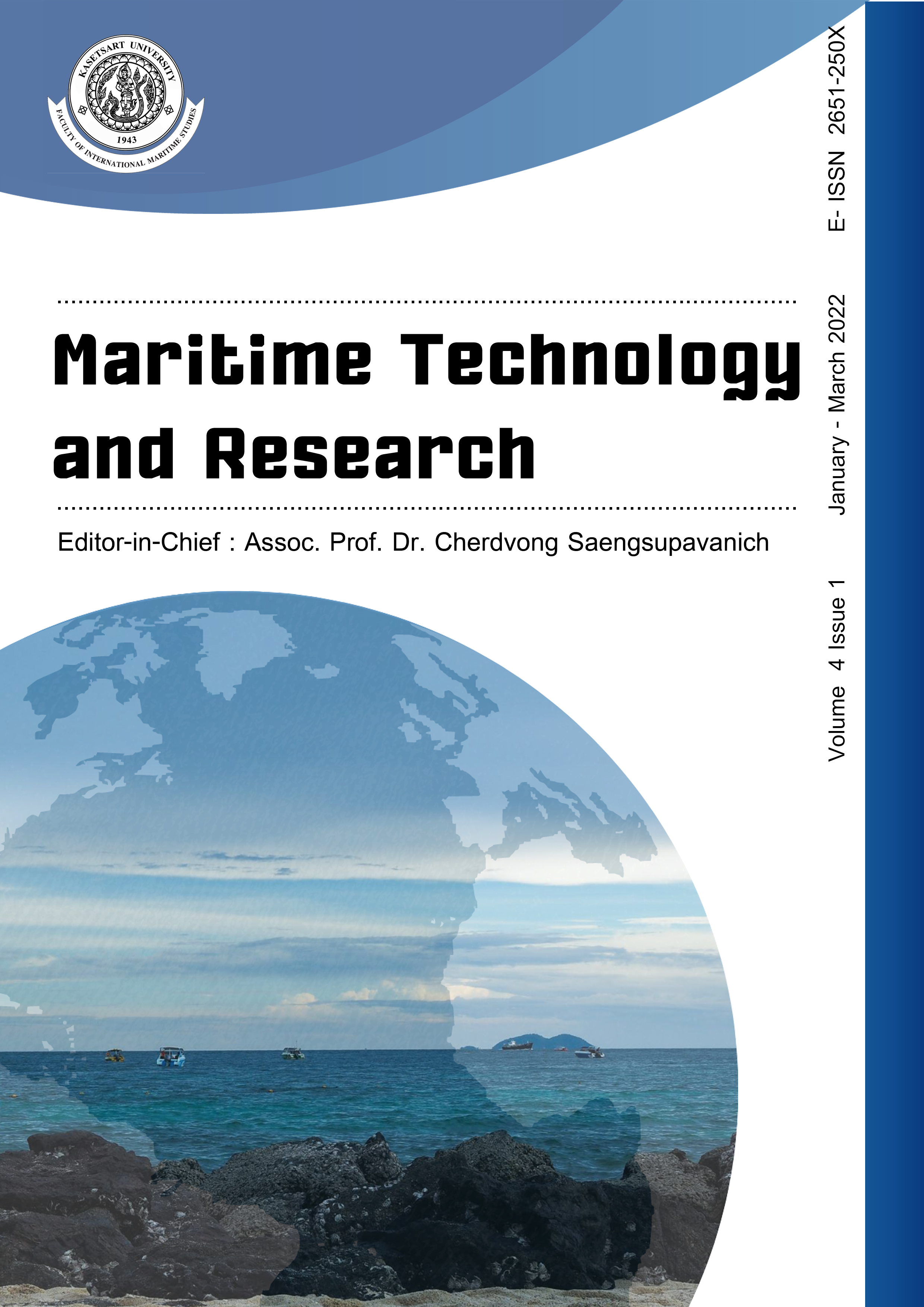Shipping patterns may be altered according to available refining capacities
DOI:
https://doi.org/10.33175/mtr.2022.253244Keywords:
Crude oil logistics, Shipping patterns, Mixed Integer Linear Programming (MILP), Alternate optimal solutionsAbstract
Alternate optimal solutions in the mathematical programming solution of a real-world problem are rare, unless there are multiple objective functions. In a recent application of two mathematical programming solvers to a problem of crude oil logistics, I obtained two different optimal solutions. The almost optimal solutions obtained from the convex combinations of the two optimal solutions are feasible as real transportation choices if the optimal solutions cannot be implemented. It was observed that the two solutions led to different capacity utilizations at refineries downstream, and so did the many solution alternatives. This is useful information fora petroleum company during downtime for maintenance or capacity expansion.
------------------------------------------------------------------------------
Cite this article: Toppur, B. (2022). Shipping patterns may be altered according to available refining capacities. Maritime Technology and Research, 4(1), 253244. https://doi.org/10.33175/mtr.2022.253244
------------------------------------------------------------------------------
References
Agadaga, G. O., & Akpan, N. P. (2019). A transshipment model of Seven-Up Bottling Company, Benin Plant, Nigeria. American Journal of Operations Research, 9(3), 129-145. https://doi.org/10.4236/ajor.2019.93008
Dávid, A., Mako, P., Galieriková, A., & Stupalo, V. (2021). Transshipment activities in the Rhine Ports. Transportation Research Procedia, 53, 188-195, https://doi.org/10.1016/j.trpro.2021.02.025
Diz, G. S. S., Oliveira, F., & Hamacher, S. (2017). Improving maritime inventory routing: Application to a Brazilian petroleum case. Maritime Policy & Management, 44(1), 42-61. https://doi.org/10.1080/03088839.2016.1216622
McCalla, R. J. (2008). Container transshipment at Kingston, Jamaica. Journal of Transport Geography, 16(3), 182-190. https://doi.org/10.1016/j.jtrangeo.2007.05.006
Ryuichi, S., Azuma, T., Yoshida, T., Teranishi, H., & Abe, M. (2017). Global route choice and its modelling of dry bulk carriers based on vessel movement database: Focusing on the Suez Canal. Research in Transportation Business & Management, 25, 51-65. https://doi.org/10.1016/j.rtbm.2017.08.003
Sherali, H. D., & Al-Yakoob, S., & Hassan, M. M. (1999). Fleet management models and algorithms for an oil-tanker routing and scheduling problem. IIE Transactions, 31, 395-406. https://doi.org/10.1023/A:1007502205917
Tagawa, H., Kawasaki, T., & Hanaoka, S. (2021). Conditions influencing the choice between direct shipment and transshipment in maritime shipping network. Journal of Shipping and Trade, 6, 4. https://doi.org/10.1186/s41072-021-00085-3
Toppur, B., & Sanyal, A. (2020). A transshipment model for logistics management at Indian Oil Corporation. RAIRO-Operations Research, EDP Sciences, 54(4), 1087-1102. https://doi.org/10.1051/ro/2020005
Vilhelmsen, C., Larsen, J., & Lusby, R. M. (2015). Tramp ship routing and scheduling: Models, methods and opportunities (pp. 1-33). DTU Management Engineering.
Downloads
Published
Issue
Section
License
Copyright (c) 2021 Maritime Technology and Research

This work is licensed under a Creative Commons Attribution-NonCommercial-NoDerivatives 4.0 International License.
Copyright: CC BY-NC-ND 4.0








